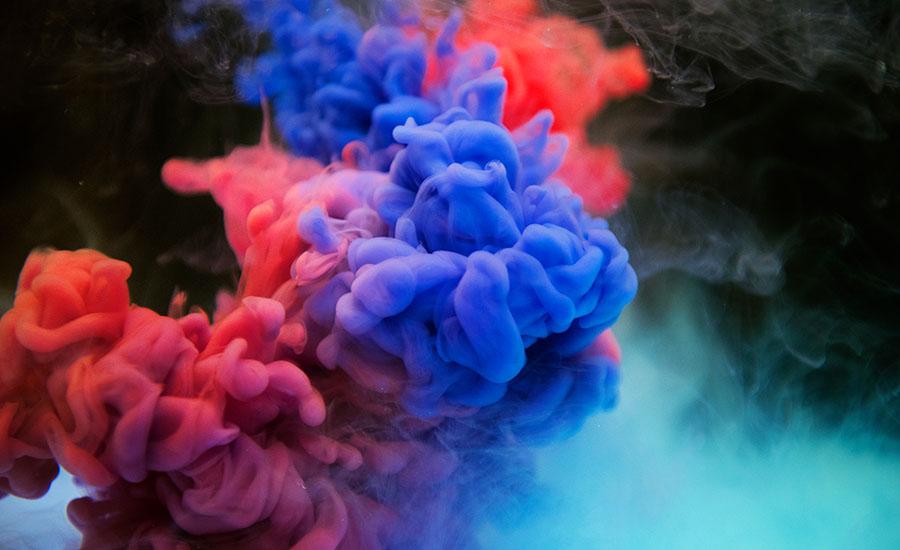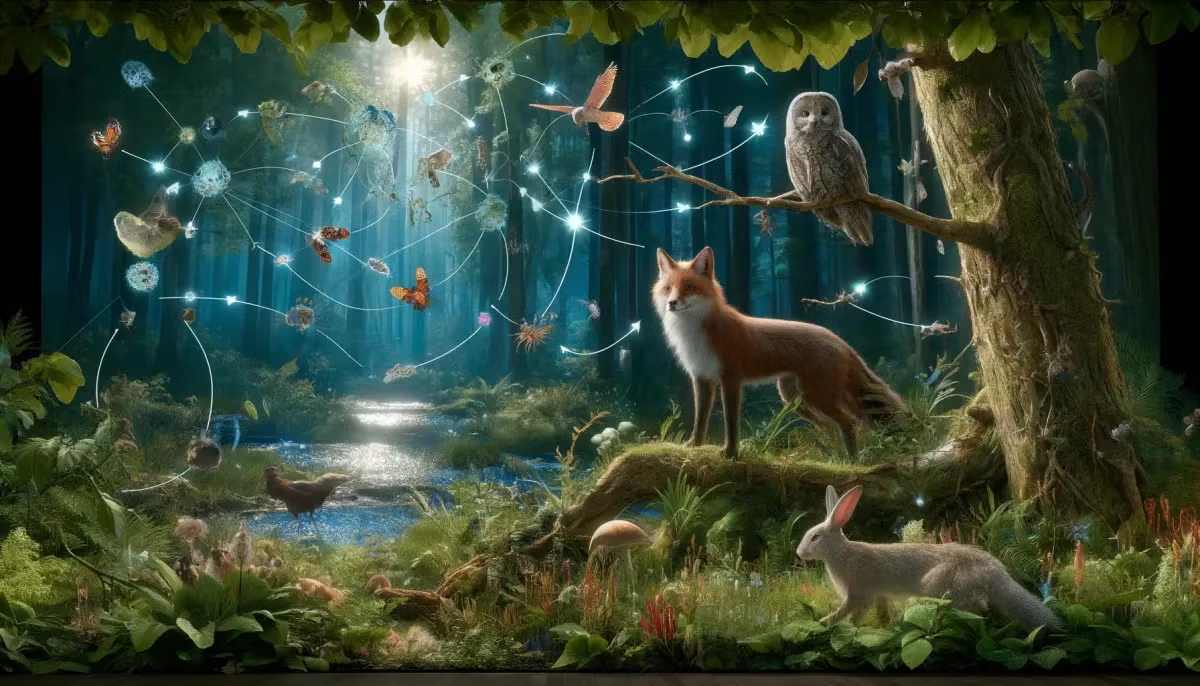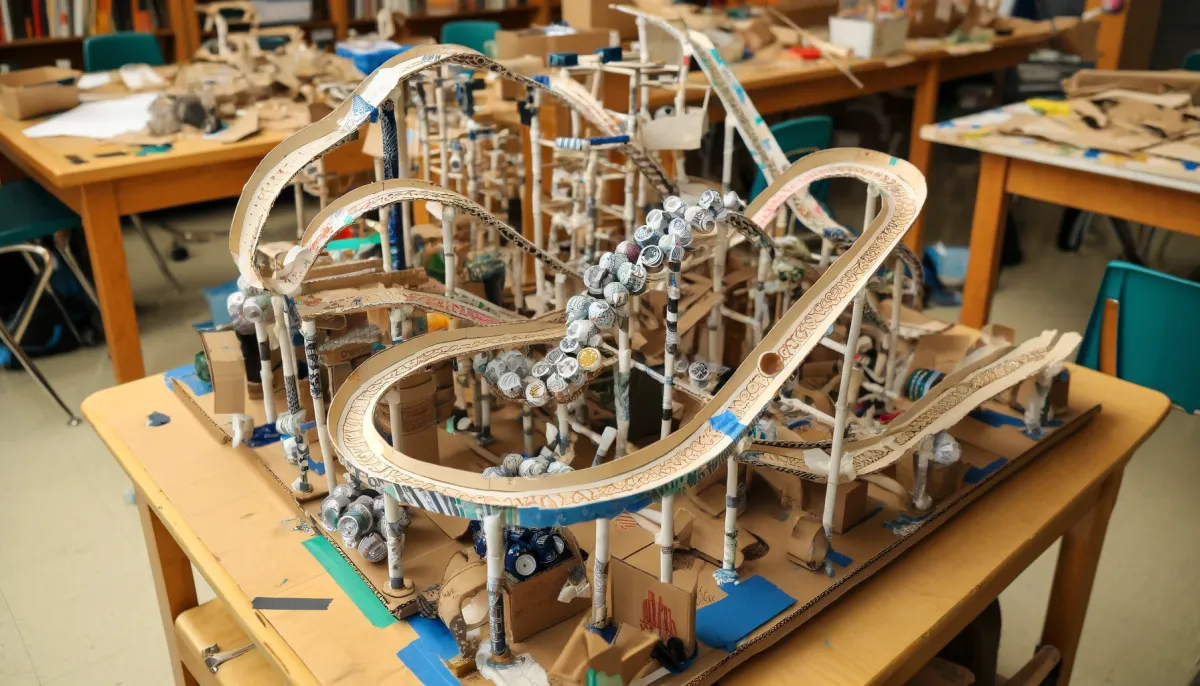
Creating Natural Pigments from Southwest Plants
by Ayesha Brewster
Students will explore the historical use of natural pigments by indigenous peoples, particularly those native to the Southwest region. They will use mathematical concepts to paint using the pigments and technology to create graphs using their collected data.
Lesson Plan Link/URL
https://docs.google.com/presentation/d/1SM_eXU1uI3jNe88v864KckKGq35tNjIJqBCaUwo…Subject Area
Science Life Science L2: Organisms & Energy Technology 2. Digital Citizen Mathematics Geometry (G) Ratio and Proportion (RP)
Featured
Off
Related Content

Grades:
2nd Grade, 3rd Grade
Students will research a biome around the world, including 3 animals, 3 plants, and 3 nonliving parts of the ecosystem. Students will construct a diorama of the biome and illustrate a natural disaster

Grades:
7th Grade, 8th Grade, 9th Grade, 10th Grade, 11th Grade, 12th Grade
Students will apply principles of design, engineering, and mathematics to create a physical or digital labyrinth inspired by the myth of Theseus. This project integrates STEM concepts with literature

Grades:
9th Grade, 10th Grade, 11th Grade, 12th Grade
This is a high school level project that covers food webs, nutrition cycling, and human intervention in ecosystems. This gives students a hands-on, real-world look at a water system in their backyard.